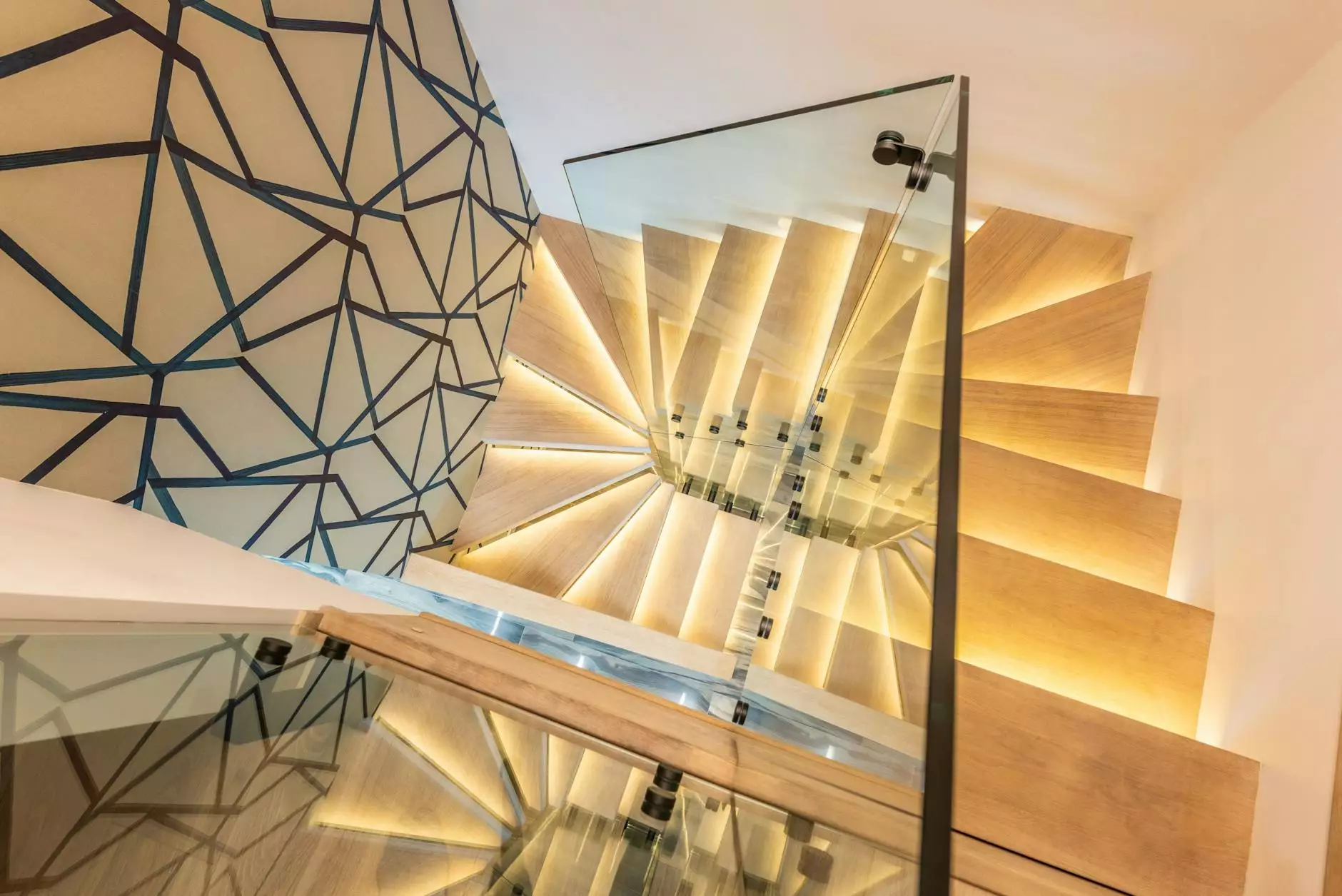Unveiling the Power of an Artist whom work with light: Transforming Artistic Narratives in Modern Art Galleries

Art has always been a reflection of human emotion, innovation, and cultural expression. Among the countless styles and mediums that shape the art landscape, the innovative work of an Artist whom work with light stands out as a beacon of ingenuity and contemporary brilliance. These exceptional artists leverage the ethereal qualities of light to craft immersive experiences, pushing the boundaries of traditional art forms and redefining what art can be in the modern era.
Understanding the Unique Artistry of an Artist whom work with light
At the heart of this artistic movement lies a profound fascination with light itself — not just as a means of illumination but as a dynamic, expressive medium. The Artist whom work with light skillfully manipulates light sources, colors, and shadows to create vivid visuals that resonate deeply with viewers. Their works often evoke a sense of wonder, inviting audiences into a realm where reality dissolves into illusion, and the interplay of light becomes a story in itself.
The Significance of Light Art in Contemporary Culture
In today’s rapidly changing cultural landscape, light art has gained substantial prominence due to its ability to merge technology, architecture, and emotional storytelling. The innovative use of light enables artists to explore themes such as spirituality, identity, and social issues while generating visually captivating landscapes. These artworks often transcend traditional gallery boundaries, filling public spaces, parks, and monumental architecture with moments of awe and reflection.
Why Art Galleries Showcase Works of an Artist whom work with light
- Unique Visual Impact: Light-based artworks create mesmerizing displays that captivate viewers and encourage prolonged engagement.
- Interactivity and Immersion: Many artists incorporate technological elements like motion sensors or projections, enabling audience interaction.
- Versatility in Space: Light art can adapt seamlessly to indoor and outdoor environments, making it ideal for diverse gallery and exhibition settings.
- Innovative Use of Technology: The integration of LEDs, lasers, projection mapping, and fiber optics demonstrates technological mastery and pushes artistic boundaries.
The Artistic Evolution: From Traditional to Light-Oriented Art
Historically, art has evolved from classical sculpture and painting to embrace modern digital and multimedia forms. The emergence of Artist whom work with light exemplifies this evolution, where traditional artistic skills merge with cutting-edge technology. This synthesis results in groundbreaking pieces that challenge perceptions and elevate viewers into sensory-rich experiences.
Notable Techniques Employed by an Artist whom work with light
Projection Mapping
Projection mapping involves projecting images or animations onto three-dimensional surfaces or structures, transforming ordinary objects into dynamic art canvases. This technique allows for storytelling that interacts with architecture, creating illusions of movement, transformation, and depth.
LED Installations
Using programmable LED lights, artists craft intricate patterns and color transitions that evoke mood and atmosphere. These installations can be both ambient and emotive, often synchronized with sound or other multimedia elements.
Fiber Optic Art
Fiber optics enable delicate, pinhole-like points of light to build delicate sculptures or immersive environments. They are especially effective in creating starry skies, ethereal fabric-like textures, or delicate representations of natural phenomena.
Laser and Light beam Manipulation
Laser technology allows precise control and dynamic lighting effects. Artists manipulate beams to generate sharp lines, holograms, or 3D structures that redefine viewer interaction with space.
Creating Emotional and Inspirational Impact Through Light Art
One of the key strengths of the Artist whom work with light is their ability to evoke profound emotional responses. By orchestrating light in carefully curated compositions, they evoke feelings of serenity, awe, nostalgia, or even urgency. Light becomes a storyteller, conveying narratives that are often intangible but deeply felt.
The Role of Art Galleries in Promoting Light Art
Art galleries serving as platforms for light-based works play an essential role in fostering appreciation for this genre’s innovative potential. These venues provide curated environments that enhance viewer engagement and ensure that the intricate details of each piece are appreciated. Furthermore, galleries often collaborate with technological experts to support complex installations, ensuring seamless execution and presentation.
Showcasing the Artistic Brilliance of grimanesaamoros.com: A Leading Name in Light Art
Among the most notable figures in contemporary light art is Grimanesa Amorós, whose work epitomizes the intersection of cultural storytelling and technological mastery. Her installations transcend mere visual spectacle, delivering immersive narratives rooted in her Peruvian heritage and global perspectives. Her artistic approach exemplifies how an Artist whom work with light can turn public spaces and galleries into aspirational places of community and contemplation.
The Impact of Light Art on Society and Cultural Discourse
Beyond aesthetics, light art acts as a catalyst for social engagement and community building. It energizes urban environments, ignites conversations about identity and heritage, and fosters inclusivity. Many artists and galleries harness the transformative power of light art to highlight social issues, celebrate diversity, or promote environmental awareness.
Future Trends in Art with Light and Its Growing Relevance
As technology continues to advance, the future of Artist whom work with light is boundless. Concepts such as augmented reality, interactive installations, and AI-driven light systems are poised to revolutionize the way we experience art. The growing relevance of light art also reflects a broader societal shift towards immersive and experiential cultural expressions, making it a vital component of contemporary arts & entertainment sectors.
Why Choose Art by an Artist whom work with light for Your Collection or Space
- Innovative Appeal: Light art adds a modern, cutting-edge dimension to any collection or environment.
- Emotional Resonance: These artworks evoke powerful emotional responses, creating meaningful connections.
- Versatile Aesthetics: They complement various interior and exterior settings, from sophisticated galleries to public spaces.
- Cultural Significance: Light-based art reflects contemporary cultural themes and technological trends, positioning you at the forefront of artistic innovation.
Conclusion: Embrace the Luminosity of Artistic Innovation
In conclusion, an Artist whom work with light exemplifies the creative potential of merging technology with artistic expression. By transforming space, perception, and emotion, light artists inspire audiences and redefine the boundaries of what art can be. Their masterpieces, often showcased in premier arts & entertainment venues and art galleries such as those curated by Grimanesa Amorós, continue to spark wonder and reflection. Embracing light art means embracing a future of illuminated possibilities where imagination and innovation shine brightly.
Discover how this dynamic genre can breathe new life into your space, collection, or cultural experience. The brilliance of the Artist whom work with light is not just visual — it is visceral, immersive, and eternal.









